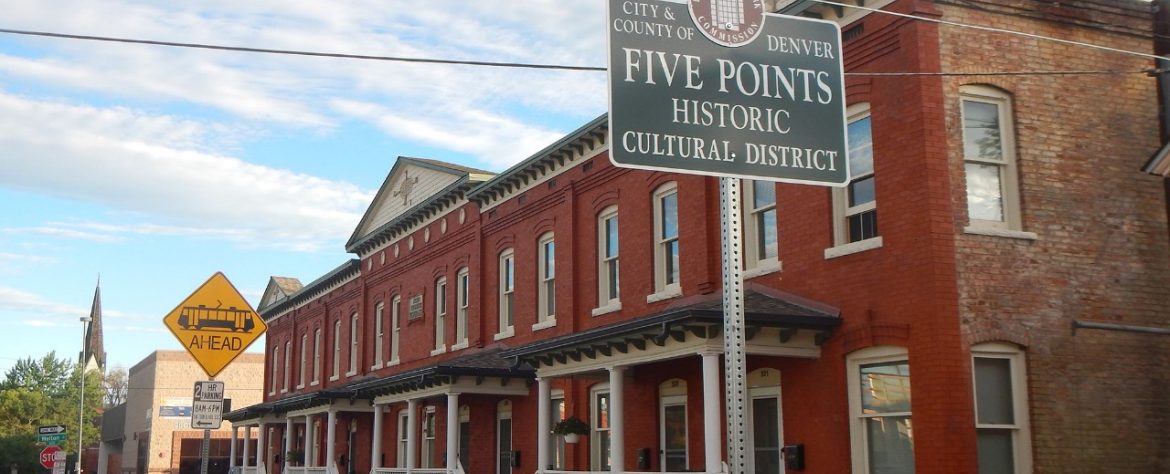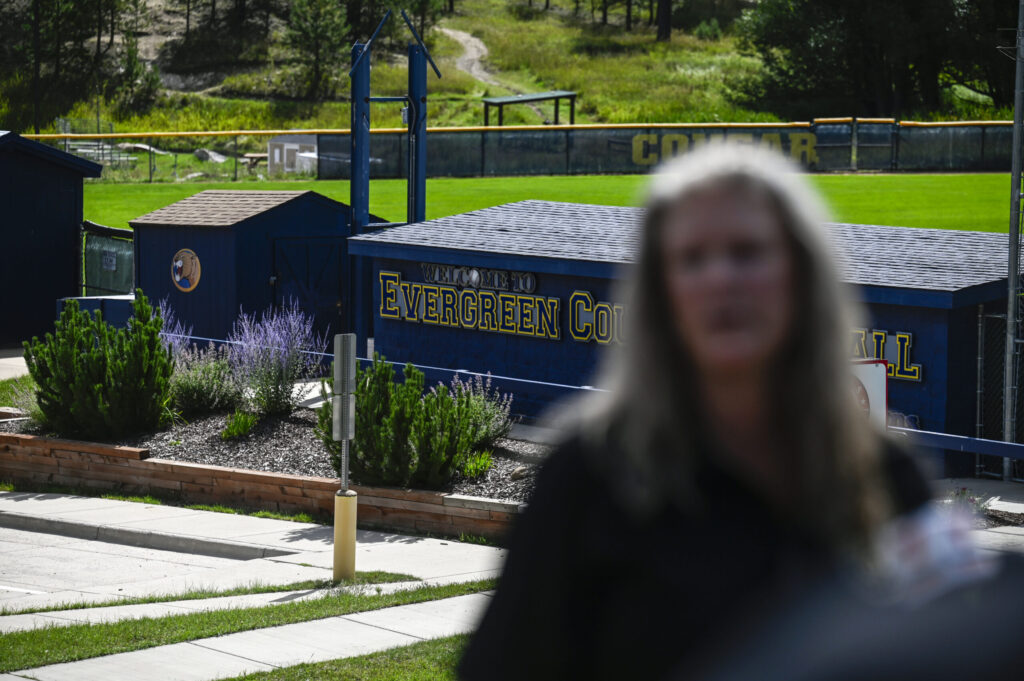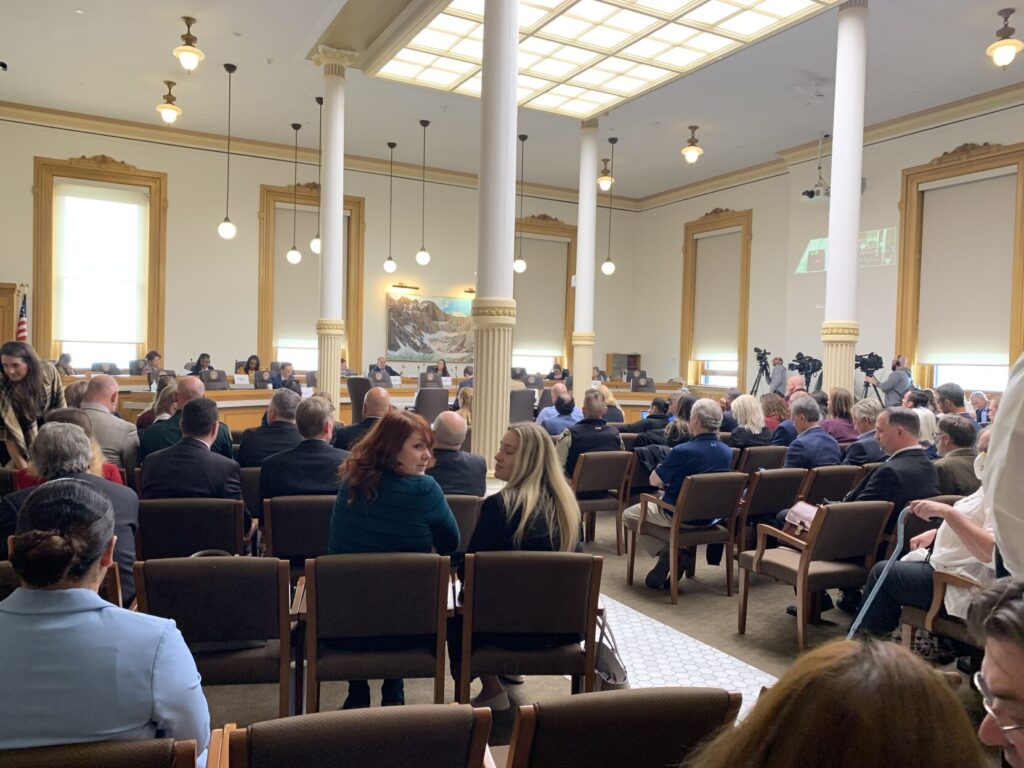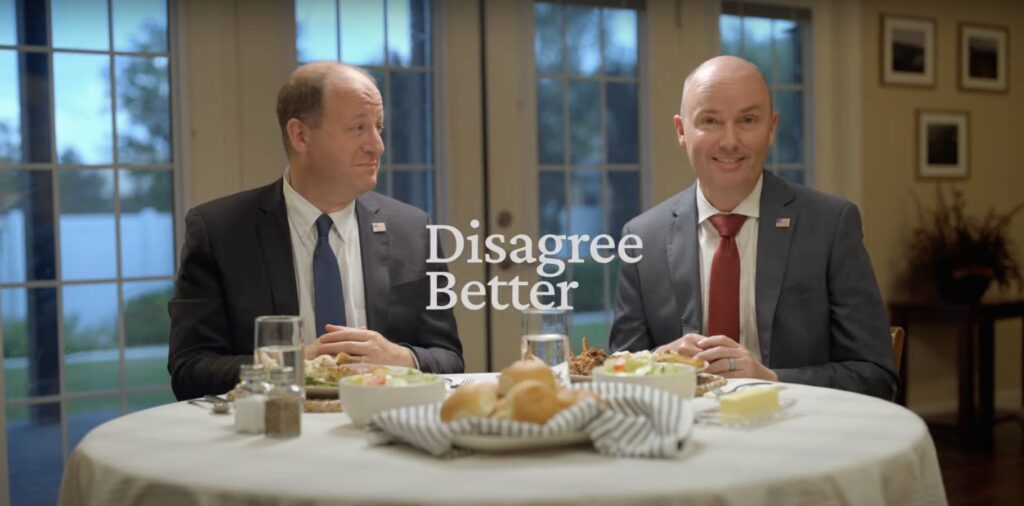Denver sets agenda to spread neighborhood plans more widely across city
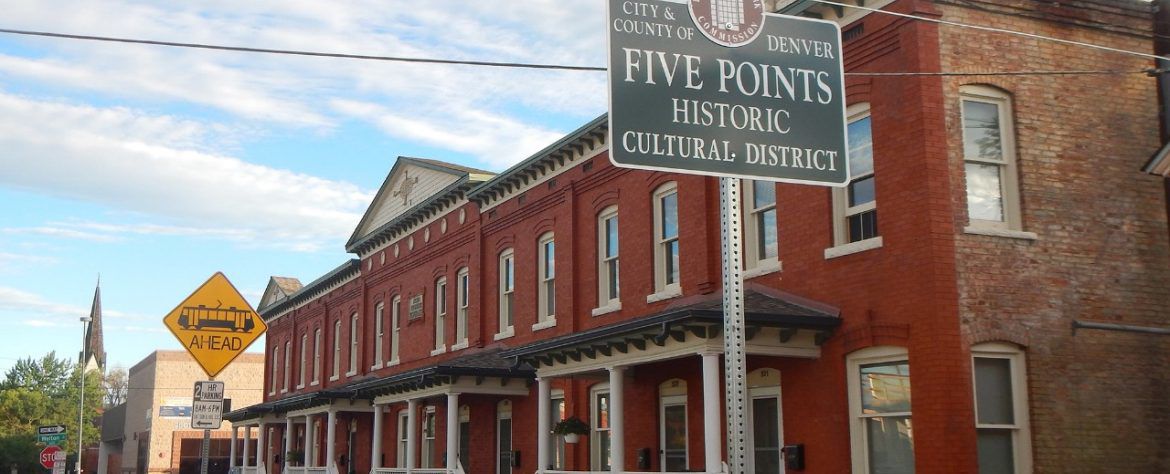
The City and County of Denver has grown at what seems like an exponential rate since the Great Recession ended. And while that growth has benefited the community with new residents, new money and new construction, the resulting growth has not always been viewed as a benefit by some of Denver’s residents.
Skyrocketing rents, a scalding hot real estate market and minority displacing gentrification have kept pace with the recent explosion of growth in the city. But Denver hopes that as it grows, a city-wide effort to provide every unique area with its own neighborhood plan that is up to date – or in some cases, the first ever implemented – will be successful.
The city’s Office of Community Planning and Development is prepping to kick off an endeavor in 2017 to make sure every area in Denver has a neighborhood plan in place. It is hoped the final product of this effort will not only codify what the city can do to improve the quality of life of its residents, but also adequately implement some of their wishes.
“When the city makes decisions about things that may take place in any given neighborhood, we have a guide to inform our decisions,” said Steve Nally, city planner with Denver. “When we have a tricky rezoning in an area that doesn’t have a neighborhood plan, we have the citywide plans to rely on. But the citywide plans sometimes don’t provide the level of guidance like a neighborhood plan. To have that baseline guidance for the neighborhood is about equity and the city making smart decisions for those neighborhoods. And for the neighborhoods themselves to be making decisions about their community that are reflected in a neighborhood plan.”
The need for the neighborhood plan agenda is self-evident. Nally said currently only 17.9 percent of city lands have up-to-date neighborhood plans – measured as “up to date” if they were adopted after 2002 – or small area plans in place. About 38 percent of the city has plans adopted before 2002, which is considered out-of-date, and the remaining 40-plus percent of areas have no plan at all.
The city recently completed a neighborhood plan for the Westwood Neighborhood in west Denver, the first update to that area’s formulation since the early 1980s. Rachel Cleaves, coordinator of the nonprofit Westwood Unidos, worked on the advisory board for the Westwood plan. She said it was vital on so many levels for areas like Westwood, which have been historically underserved by the city, to have that vision and direction to take to Denver planners when budget time comes, preparing for things like a new park or other neighborhood needs.
“For a long time, Westwood was a neglected and forgotten neighborhood. It had very little access to things like parks, rec centers, wide sidewalks, lighting, retail, traffic signals. It had the bare minimum,” Cleaves said. “I think the neighborhood planning process was that chance for all of these entities in the neighborhood to come together and not only develop that common vision but to know they’d be heard and the work would become an official policy document.”
Normally it takes about two years from start to finish for a neighborhood plan to be completed and historically the city has been able to manage two planning processes at a time, Nally said. But at that rate it would take more than 70 years for the city to complete every one of the 78 distinct and recognized neighborhoods in Denver.
So the city plans to combine different neighborhoods that share services, amenities and major arterials in order to complete the massive undertaking while everyone is still alive. And the city has added an extra two city planners to help expedite the effort, Nally said.
“In order to cover more of the city faster with that more detailed policy direction, we have to plan larger areas and include more neighborhoods in our discussion versus just one neighborhood. We are kicking off our process with a strategic plan and doing quite a bit of vetting on the groupings,” Nally said. “We’d like to get four to six neighborhoods grouped into one area plan and a lot of the things we’ll consider with those groupings are what are major institutions in the area, major corridors that influence a collection of neighborhoods. For example, we’d want to think about both sides of Colfax as opposed to one side of Colfax. We want to discuss with the community and have a plan for both sides of the street and the street as well as opposed to treating those major arterials as edges.”
Nally said the city’s goal for the strategic plan is to determine how different neighborhoods can be grouped into larger areas, and which regions will see work first, no later than this fall.
Monique Lovato, executive director of nonprofit group Mi Casa that works with low-income Hispanics on career services and other wrap around services, said the city needed that comprehensive guide on a neighborhood by neighborhood basis to effectively use its limited resources to make the most impact.
And Denver needs these plans to keep gentrification from driving out the city’s labor pool and hanging the entire character of certain parts of the city. Lovato said a neighborhood plan in part was about providing developers of both market rate housing and low-income housing a guide to how the city wants to develop and what zoning is needed to encourage that to happen.
“You keep your labor pool in these neighborhoods by making it a nicer place for them and creating things like jobs and good after-school care and recreational facilities so they want to live in the area,” Lovato said. “You want there to be a balance. You want local shops that reflect the nature of the community, but you also want grocery stores and Starbucks and other chains.”
One major factor to the success of the push to create plans across the city will be community buy-in. Nally said the city would be knocking on doors, making phone calls and reaching out to groups in each neighborhood to make sure residents have a strong voice in the process.
Cleaves said reaching out to community members shouldn’t just stop with a phone call or a flier. For the program to be successful, community members must be made to feel comfortable and encouraged to take part in the planning.
“It’s hard when there isn’t already some trust and relationships to rely on when you’re about to embark on a neighborhood plan. It is such an important document; you can’t take it lightly. There needs to be an effort to create a place where everyone feels safe to share and attend meetings and take part in the process,” Cleaves said. “Everyone needs to feel welcome and invested in order for the plan to work the way it is supposed to.”
